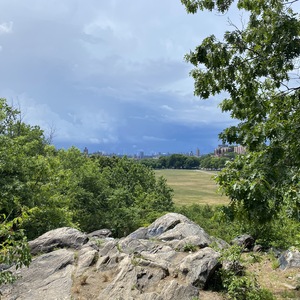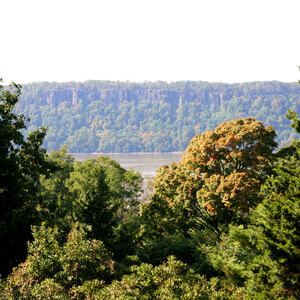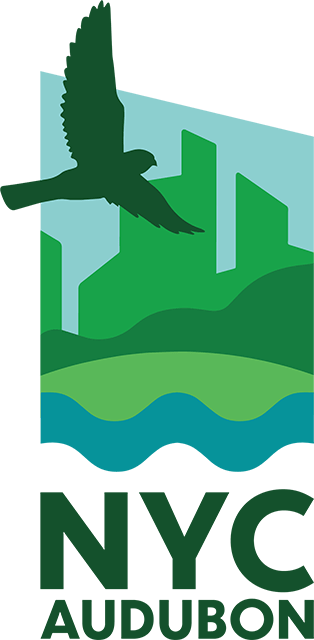Bronx HotspotsClick on a park below to see it on the map.
Crotona Park
Pelham Bay Park
Pugsley Creek Park
Raoul Wallenberg Forest Preserve
Riverdale Park
Sound View Park
Spuyten Duyvil Shorefront Park
The New York Botanical Garden
Van Cortlandt Park
Wave Hill
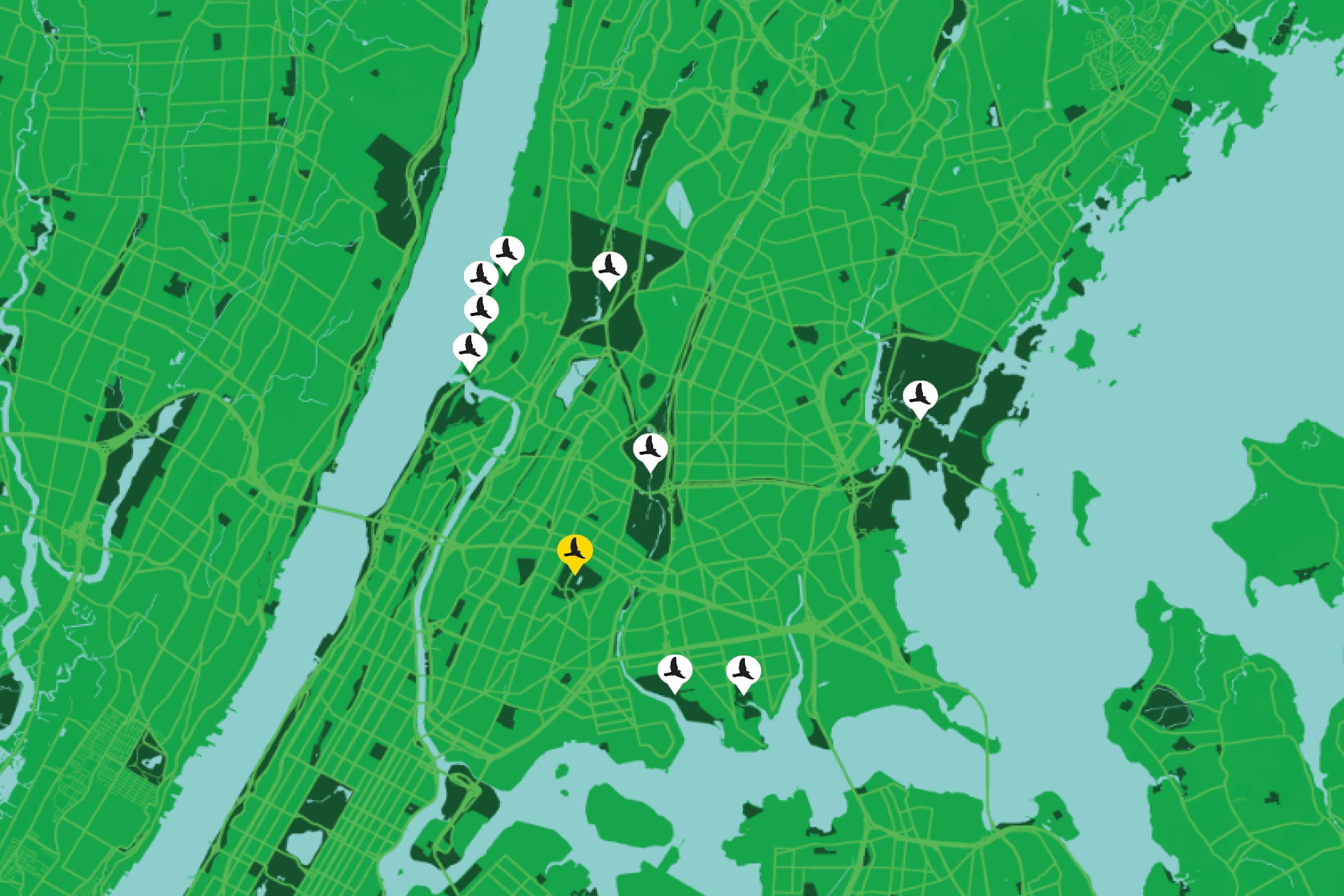
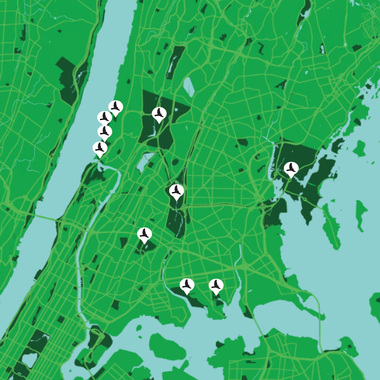
BIRDING IN THE BRONX
Although the Bronx is the third most densely populated county in the U.S. (after Manhattan and Brooklyn), almost a quarter of its land is open space. The borough is home to two of the City’s largest public parks, Pelham Bay Park and Van Cortlandt Park, as well as to the venerable New York Botanical Garden. In addition to these large preserved areas, a string of parklands—Spuyten Duyvil Shorefront Park, Riverdale Park, Raoul Wallenberg Forest Preserve, and Wave Hill—stretch along the borough’s western border, the Hudson River. Several green spaces including Crotona Park, Pugsley Creek Park, and Soundview Park provide important oases in more developed areas.
The natural areas of the Bronx have been under the watchful eyes of birders for some time. In 1924, a group of nine local youngsters, including influential ornithologist Alan D. Cruickshank, met with the help of the Linnaean Society of New York and founded the “Bronx County Bird Club.” The group conducted methodical surveys of the borough’s parks (including “Bronx Park,” which would later be divided into the Brooklyn Botanical Garden and the Bronx Zoo). The club’s tenth member, famed field guide artist and author Roger Tory Peterson, joined the group in 1927. One of the club’s first notable discoveries, a pair of Black-backed Woodpeckers that had wandered far south of their normal range, would be a very exciting find for modern-day Bronx birders!1
Today, the preserved habitats of the Bronx continue to provide important stopover sites for countless birds migrating along the Atlantic Flyway—and continue to attract passionate birders. At least 300 bird species have been recorded by observers in the Bronx, according to Bronx eBird records. The borough also hosts a surprising variety of breeding species, including Green Heron, Wild Turkey, Cliff Swallow, Blue-Gray Gnatcatcher, Marsh Wren, Wood Thrush, and Orchard Oriole. (The Bronx is also the site of several Harbor Heron Island nesting colonies: Goose Island, North Brother Island, and South Brother Island. These islands are not open to the public, in order to protect their vulnerable bird colonies. Learn more about NYC Audubon’s work to protect the Harbor Heron islands.)
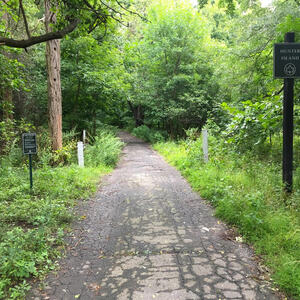
The woodlands of Pelham Bay Park attract migrating birds of all kinds and offer a feeling of distance from the city life surrounding the park. Photo: Jack Rothman
Pelham Bay Park
The largest of our city parks at 2,675 acres, Pelham Bay Park’s woodlands, wetlands, grasslands, beaches, and rocky shoreline offer a feeling of remote wilderness, right on the northern border of New York City. The park has been designated an Important Bird Area (IBA) by National Audubon: over 250 species have been recorded here, including over 80 nesting species. In the winter, owls find refuge in its woodlands, and great numbers of waterfowl winter at this sheltered western end of Long Island Sound.
Van Cortlandt Park
The hilly 1,146 acres of Van Cortlandt Park include woodlands and meadows supplied by the freshwater Tibbetts Brook, a man-made lake, and a nature center. Together with adjacent Woodlawn Cemetery, the park forms a vast bird habitat at the northern border of the Bronx. Over 230 bird species have been recorded in the park, including 60 nesting species. Like neighboring Pelham Bay Park, Van Cortlandt Park is considered an Important Bird Area (IBA) by National Audubon.
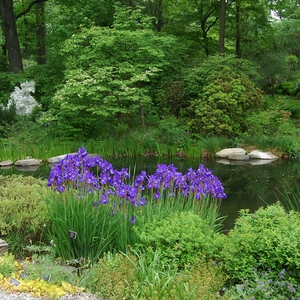
The rich habitat and fresh water of The New York Botanical Garden attracts a great variety of birds year round. Photo: JR.P./CC BY-NC 2.0
The New York Botanical Garden
The beautiful gardens and pristine forest of The New York Botanical Garden form a corridor of green space bisected by a wild section of the Bronx River, which feeds a waterfall, lakes, and wetlands as it courses through the Garden’s 250 acres. The property’s diverse habitats have attracted a reported 229 bird species and make it a migrant hotspot. Nesting species in recent years have included Green Heron, Great Horned Owl, and Ruby-throated Hummingbird.
Northern Hudson River Parks
Stretching northwards along the east bank of the Hudson River from just north of the Harlem River to Riverdale, a sequence of waterside parks forms a corridor of green space—and provides important stopover habitat for migrating birds. Starting directly north of Manhattan’s Inwood Hill Park, one can stroll and bird from Spuyten Duyvil Shorefront Park through Riverdale Park and the adjacent Raoul Wallenberg Forest Preserve, and end at the lovely manicured gardens and woodland of Wave Hill, enjoying views of the Hudson River (and perhaps a soaring Bald Eagle or two) along the way.
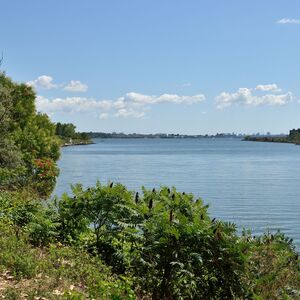
The Bronx River empties into the East River by Sound View Park, visited by egrets and night-herons, as well as fish-hunting Osprey. Photo: Eddie Crimmins
More Bronx Hotspots
The Bronx is blessed with several large, well-known parks: Pelham Bay Park, Van Cortlandt Park, and The New York Botanical Garden. But as is the case in any part of New York City, smaller and less traditional public green spaces, in addition to providing needed green space for local communities, can provide critical stopover and breeding habitat for migrating birds.
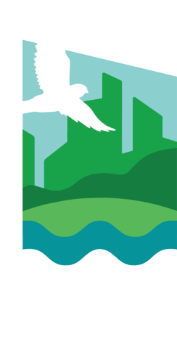
 park locations
park locations